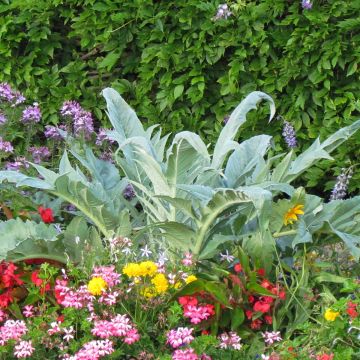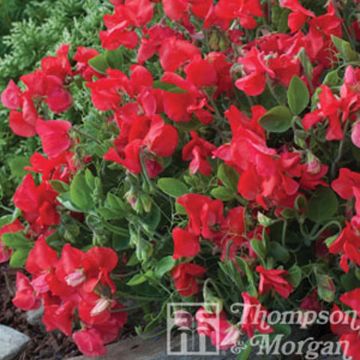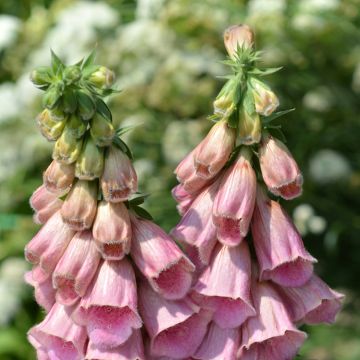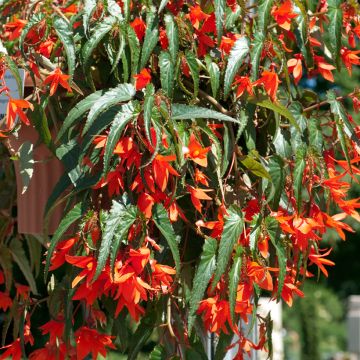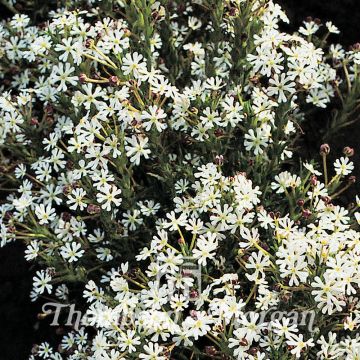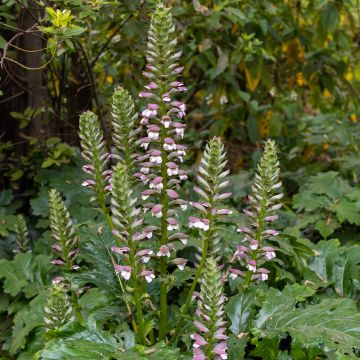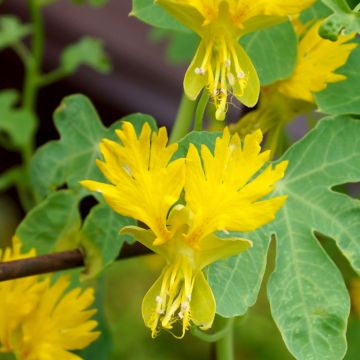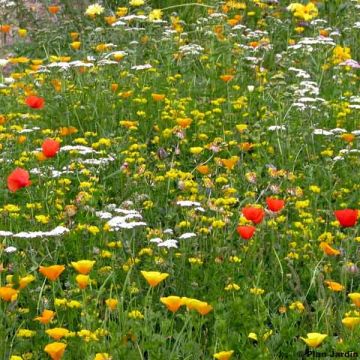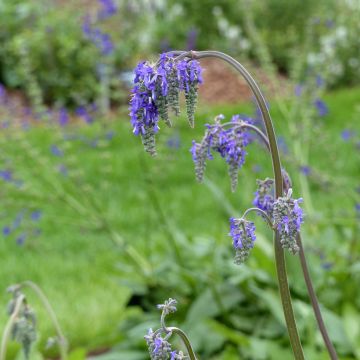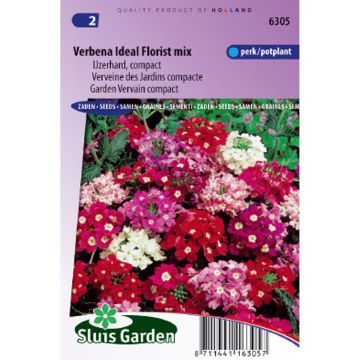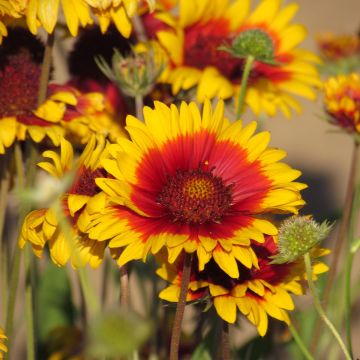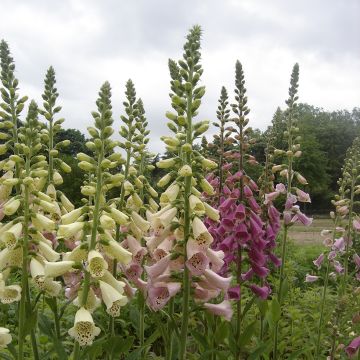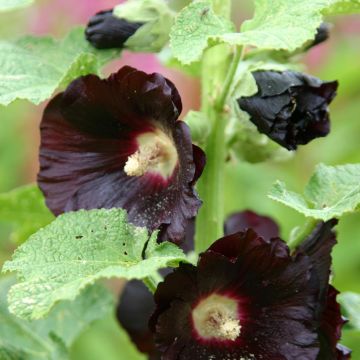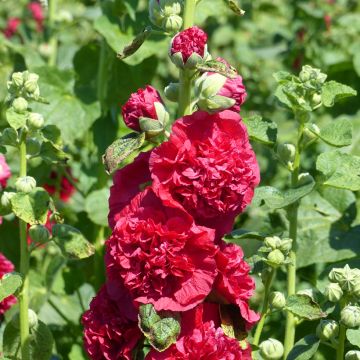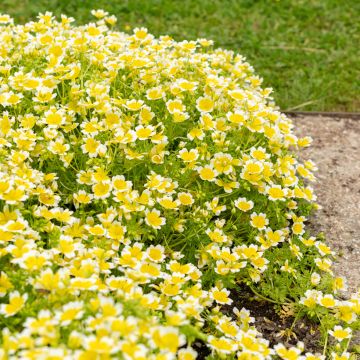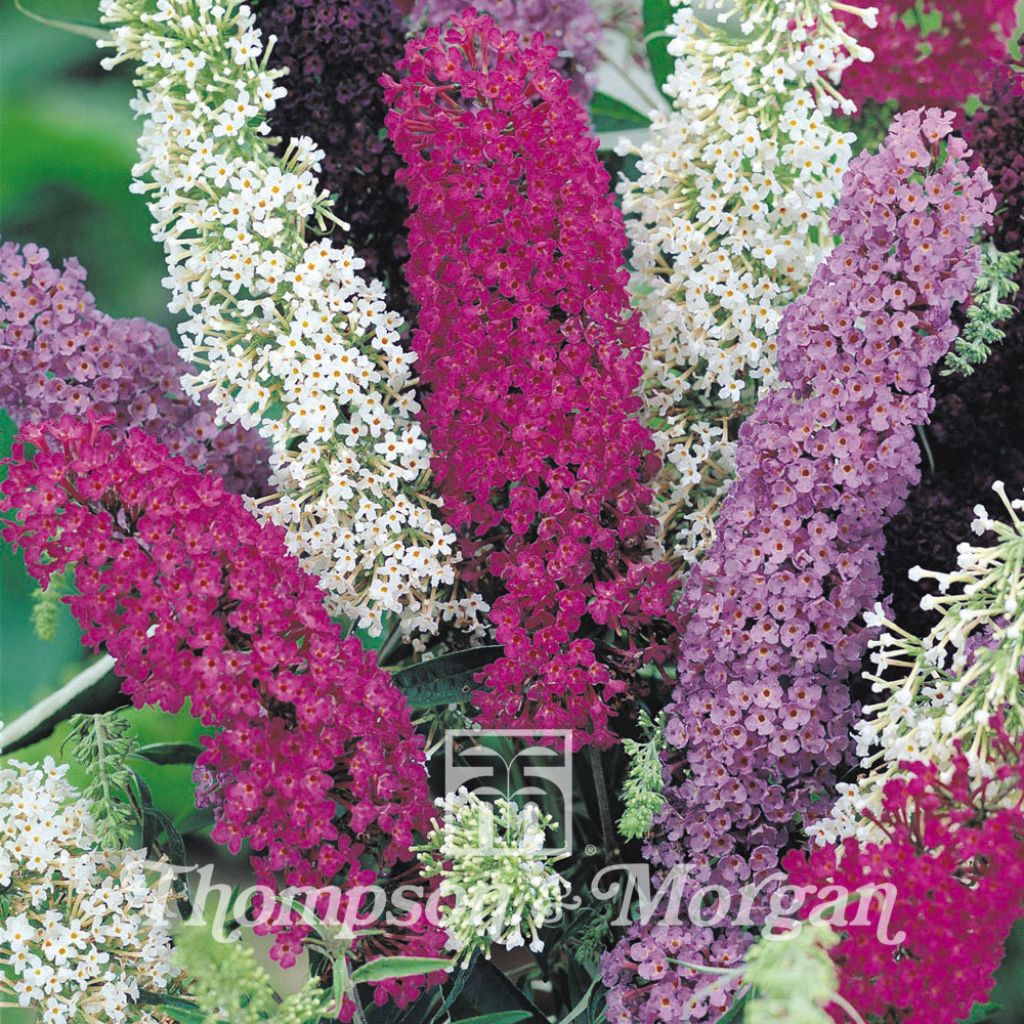

Buddleja davidii - Butterfly Bush Seeds
Buddleja davidii - Butterfly Bush Seeds
Buddleja davidii
Butterfly Bush, Summer Lilac
Butterflies cannot feed on this tree and its ability to spread is very high: The flowers are too small and too deep for any metropolitan butterfly to have a sufficient proboscis to draw its nectar. They fly around and exhaust themselves in vain, it's a disaster. A butterfly is mostly associated with a plant, I don't know if the buddleia has its own butterflies, but they have remained in China. Please do not buy this tree.
Typo, 20/07/2020
This plant carries a 6 months recovery warranty
More information
We guarantee the quality of our plants for a full growing cycle, and will replace at our expense any plant that fails to recover under normal climatic and planting conditions.
Seed-only orders are dispatched by sealed envelope. The delivery charge for seed-only orders is €3.90.
Does this plant fit my garden?
Set up your Plantfit profile →
Description
The Buddleia davidii Seeds from this mix allow for several horticultural varieties of the same bush, each with differently coloured flowers.
The Butterfly Tree is a bush with flowers originating from China. There are many names for this bush. In fact, the name Buddleia is often written Buddleya, Buddleja or Buddléia, and the most common synonyms are David's Buddleia or Summer Lilac.
It's a large bush with deciduous leaves that are very hardy, requiring poor and rocky soils to grow. It seeds spontaneously very easily and quickly becomes invasive if not monitored. It prefers an open and sunny location.
The large arched woody branches carry lanceolate grey leaves 15 to 25 cm (5.9 to 9.8 in) long. The whole plant reaches 3 metres (9 feet 10 inches) in height and up to 5 metres (16 feet 5 inches) in diameter. Annual pruning after the leaves fall will limit growth and stimulate flowering.
Its branches carry large panicles (30 to 40 cm (11.8 to 15.7 in) long) of highly fragrant flowers from summer to autumn. Different colours are present in this mix: white, blue, purple, violet, and pink.
Report an error about the product description
Flowering
Foliage
Plant habit
Botanical data
Buddleja
davidii
Scrofulariaceae
Butterfly Bush, Summer Lilac
Cultivar or hybrid
Other Thompson and Morgan seeds
Planting and care
To sow buddleia davidii seeds, mix them with damp compost and put them in a plastic bag. Then, place the bag in the fridge for four weeks. From February to March, sow the Butterfly Tree in a seed tray. Use high-quality compost and sieve it on the surface to correctly bind the seed to the soil. Before sowing, compress the compost slightly with a small board. Scatter the seeds, cover them with compost or vermiculite, compress them again, and water them generously with a fine mist. Place the seed tray in the light, without direct sun, at a temperature of 21°C to 24°C. To promote germination, lower the temperature to 18°C at night.
The seedlings will emerge in 20 to 30 days. When the young plants have grown, transplant them into 12cm (4.7 in) pots. Keep the compost damp but not excessive during growth. Gradually acclimate the plants to a temperature of 15°C, starting 15 days before planting them in their final place.
By the end of May or early June, the temperature will be warm enough to plant your young plants in an open, sunny location. Add a scoop of compost to each planting hole and space the plants 2m (6 ft 7 in) apart.
From July to September, regularly remove faded flowers to prevent spontaneous sowing, maintain the beauty of the flowering, and promote further flowering. After the leaves fall (November to March), prune the branches to half their length, remove the bare stems and keep only 5 or 6 branches per plant.
Sowing period
Intended location
-
, onOrder confirmed
Reply from on Promesse de fleurs
Flower seeds
Haven't found what you were looking for?
Hardiness is the lowest winter temperature a plant can endure without suffering serious damage or even dying. However, hardiness is affected by location (a sheltered area, such as a patio), protection (winter cover) and soil type (hardiness is improved by well-drained soil).

Photo Sharing Terms & Conditions
In order to encourage gardeners to interact and share their experiences, Promesse de fleurs offers various media enabling content to be uploaded onto its Site - in particular via the ‘Photo sharing’ module.
The User agrees to refrain from:
- Posting any content that is illegal, prejudicial, insulting, racist, inciteful to hatred, revisionist, contrary to public decency, that infringes on privacy or on the privacy rights of third parties, in particular the publicity rights of persons and goods, intellectual property rights, or the right to privacy.
- Submitting content on behalf of a third party;
- Impersonate the identity of a third party and/or publish any personal information about a third party;
In general, the User undertakes to refrain from any unethical behaviour.
All Content (in particular text, comments, files, images, photos, videos, creative works, etc.), which may be subject to property or intellectual property rights, image or other private rights, shall remain the property of the User, subject to the limited rights granted by the terms of the licence granted by Promesse de fleurs as stated below. Users are at liberty to publish or not to publish such Content on the Site, notably via the ‘Photo Sharing’ facility, and accept that this Content shall be made public and freely accessible, notably on the Internet.
Users further acknowledge, undertake to have ,and guarantee that they hold all necessary rights and permissions to publish such material on the Site, in particular with regard to the legislation in force pertaining to any privacy, property, intellectual property, image, or contractual rights, or rights of any other nature. By publishing such Content on the Site, Users acknowledge accepting full liability as publishers of the Content within the meaning of the law, and grant Promesse de fleurs, free of charge, an inclusive, worldwide licence for the said Content for the entire duration of its publication, including all reproduction, representation, up/downloading, displaying, performing, transmission, and storage rights.
Users also grant permission for their name to be linked to the Content and accept that this link may not always be made available.
By engaging in posting material, Users consent to their Content becoming automatically accessible on the Internet, in particular on other sites and/or blogs and/or web pages of the Promesse de fleurs site, including in particular social pages and the Promesse de fleurs catalogue.
Users may secure the removal of entrusted content free of charge by issuing a simple request via our contact form.
The flowering period indicated on our website applies to countries and regions located in USDA zone 8 (France, the United Kingdom, Ireland, the Netherlands, etc.)
It will vary according to where you live:
- In zones 9 to 10 (Italy, Spain, Greece, etc.), flowering will occur about 2 to 4 weeks earlier.
- In zones 6 to 7 (Germany, Poland, Slovenia, and lower mountainous regions), flowering will be delayed by 2 to 3 weeks.
- In zone 5 (Central Europe, Scandinavia), blooming will be delayed by 3 to 5 weeks.
In temperate climates, pruning of spring-flowering shrubs (forsythia, spireas, etc.) should be done just after flowering.
Pruning of summer-flowering shrubs (Indian Lilac, Perovskia, etc.) can be done in winter or spring.
In cold regions as well as with frost-sensitive plants, avoid pruning too early when severe frosts may still occur.
The planting period indicated on our website applies to countries and regions located in USDA zone 8 (France, United Kingdom, Ireland, Netherlands).
It will vary according to where you live:
- In Mediterranean zones (Marseille, Madrid, Milan, etc.), autumn and winter are the best planting periods.
- In continental zones (Strasbourg, Munich, Vienna, etc.), delay planting by 2 to 3 weeks in spring and bring it forward by 2 to 4 weeks in autumn.
- In mountainous regions (the Alps, Pyrenees, Carpathians, etc.), it is best to plant in late spring (May-June) or late summer (August-September).
The harvesting period indicated on our website applies to countries and regions in USDA zone 8 (France, England, Ireland, the Netherlands).
In colder areas (Scandinavia, Poland, Austria...) fruit and vegetable harvests are likely to be delayed by 3-4 weeks.
In warmer areas (Italy, Spain, Greece, etc.), harvesting will probably take place earlier, depending on weather conditions.
The sowing periods indicated on our website apply to countries and regions within USDA Zone 8 (France, UK, Ireland, Netherlands).
In colder areas (Scandinavia, Poland, Austria...), delay any outdoor sowing by 3-4 weeks, or sow under glass.
In warmer climes (Italy, Spain, Greece, etc.), bring outdoor sowing forward by a few weeks.

































